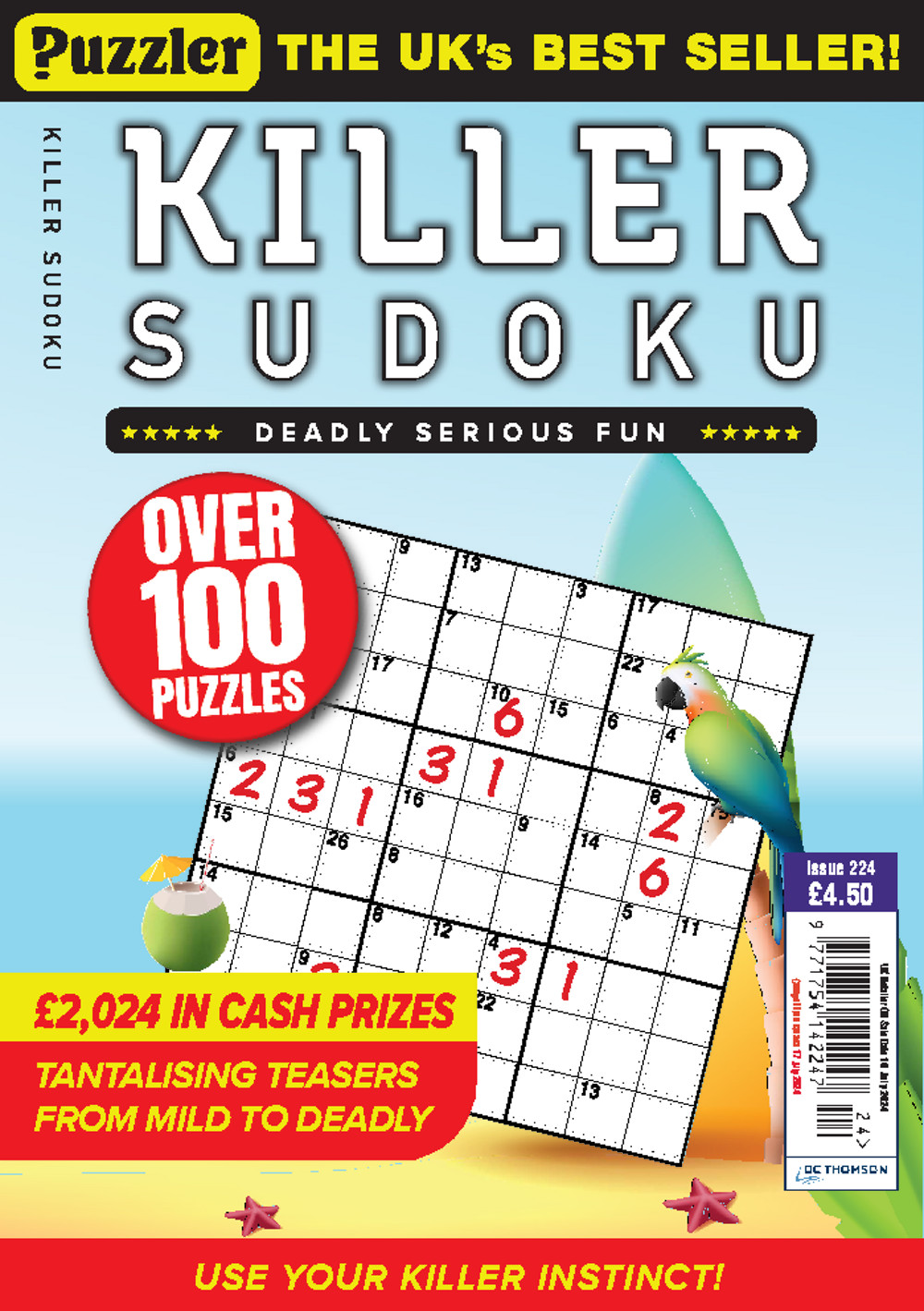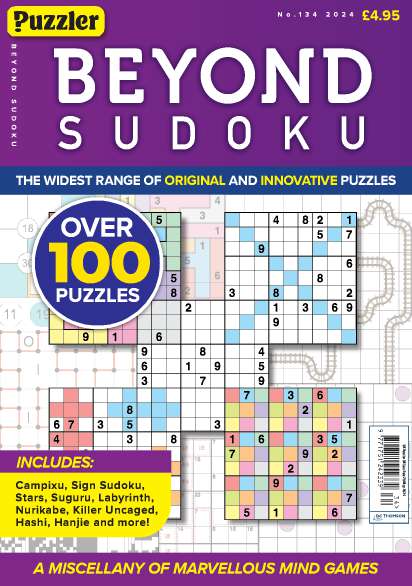Kenken
Also Known As:
Calcudoku, CanCan, Hitoshii, Kendoku, MinuPlu, Square Wisdom
The unusual name of this puzzle means 'cleverness squared' in Japanese. This seems appropriate, given that the inventor, Tetsuya Miyamoto, teaches maths according to a principle he describes as 'teaching without teaching'. The puzzle is small and neat and can offer many levels of difficulty.
Kenken is yet another of 'the next Sudoku' puzzles, a claim made by, of all people, 'The Times', the newspaper largely responsible for the initial popularity of the original Sudoku. This puzzle is not, however, likely to be as popular as Sudoku, for several reasons.
In the first place, the puzzle involves not only logic, but also some mathematical ability.
Secondly, the standard puzzle often offers fewer toe-holds than Sudoku; in other words, it is usually possible for an average solver to enter a few digits in a Sudoku before encountering a problem; in Kenken, the thought process is front-loaded, so a solver may have to work quite hard to find a way in.
One of the instructions, which states that numbers can be repeated in a cage (though not in the same row or column) does not appeal to Killer Sudoku enthusiasts, who tend to believe that no repeats in a cage is a tidier approach — but this is surely just a case of custom and rule.
Finally, the name KenKen is a registered trademark of Nextoy, LLC, which means 'me-too' puzzles must have a different name. This was not a problem with Sudoku (except in Japan, where Nikoli owns the copyright). The abundance of different names is confusing for the general public and makes it more difficult to assess the overall popularity of the puzzle.
While it may not be 'the next Sudoku' Kenken is certainly a very good puzzle.
Instructions
Fill each cell with a number from 1-4 (1-5, 1-6 etc, depending on the dimensions of the grid).
Do not repeat a number in any row or column.
The numbers in cages (heavily bordered regions) must combine in any order to produce the target number in the top corner, using only the mathematical operator specified. Numbers can be repeated in a cage, but not in the same row or column.
Related Puzzles
Kakuro Killer Sudoku Lonesum SudokuFeatured In



